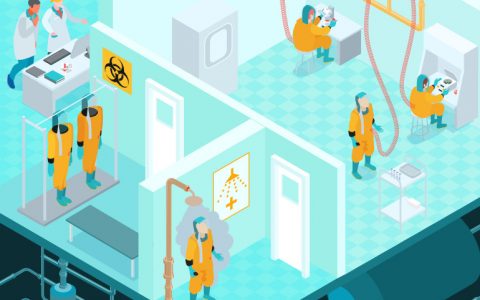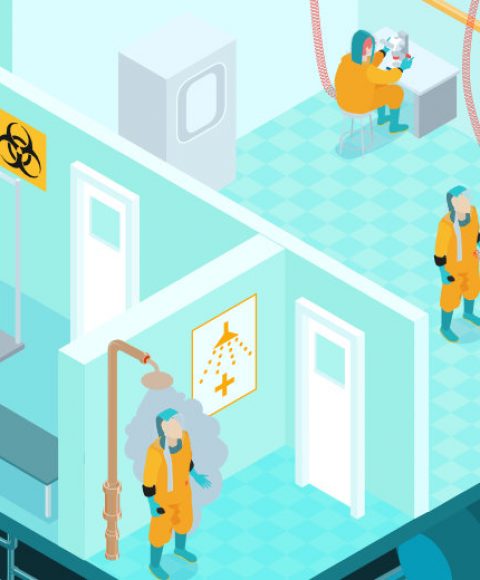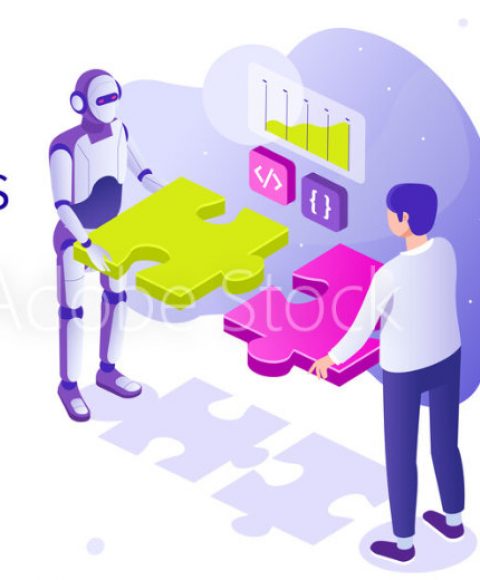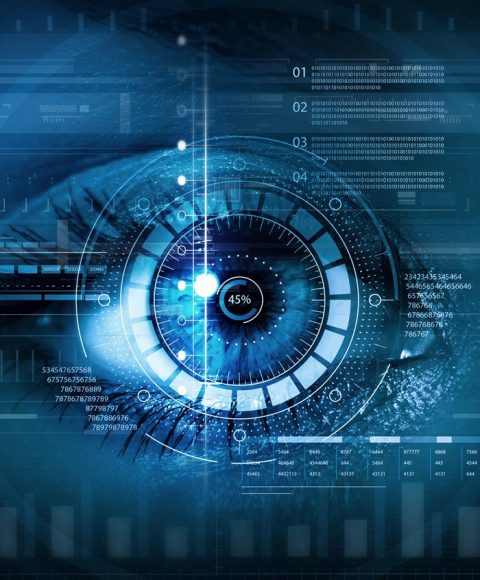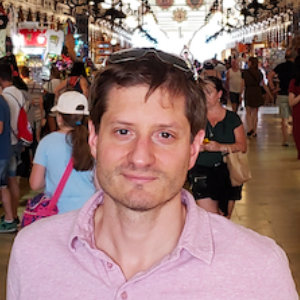
Building advanced AI/AR solutions for high-risk environments.
We are focusing on enhancing the real physical world through the use of digital visual elements, voice interaction, or other sensory stimuli delivered via technology.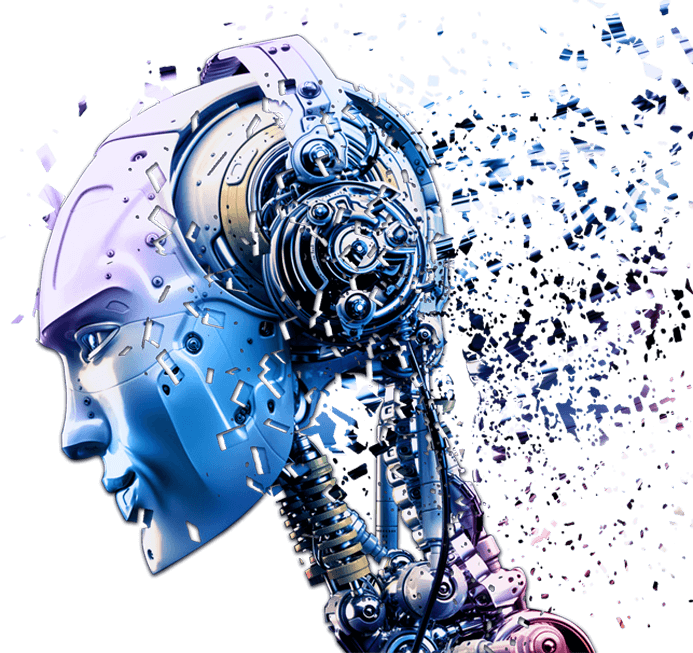
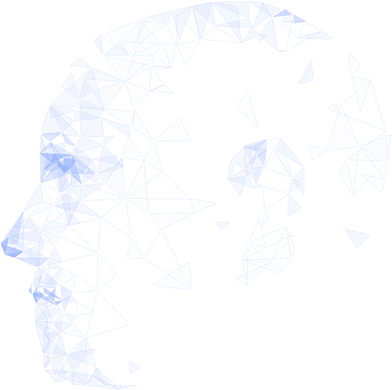

Endless possibilities at your fingertips
From creating better customer experiences on your website to monitoring your residential space for safety, the practical possibilities of computer vision AI are endless
Digital business AI
The most of artificial intelligence by applying it to strategic digital business.
Snap and Search
Enabling your customers to snap a photo of a product with their
Identify Human Behavior
Identifying human behaviors and traffic patterns within your physical space
Automate Tagging
Automatically generating descriptive tags of your product and images without metadata

Computer-enhanced reality for high-risk environment
High-risk environment (HRE) applies a constant pressure on personnel. Human actions and behaviour in HRE has to be very rigorous and self-controlled in many ways. We are a team of computer scientists and software engineers that focus on developing augmented reality AI solutions to support human personnel working in physically-limited environments like HRE. Our goal is to ease working conditions and to provide better standardization and automation of a human workflow.
- Users can navigate formerly gated content there, similar to putting all your best content on your form.
What client says about us
We help you generate high-quality online sales leads by implementing highly structured, persuasive Internet marketing campaigns.





Current Projects
Are you looking for ways to increase conversions but having a hard time turning visits into sales?
Building everything
you need for your business
AI Lab is an artificial intelligence company that excels in visual recognition, solving real-world problems for businesses.
Augmented Reality
It is a discipline that focuses on the interaction between data science and human language
Document scanning
The software products that use computer vision as the component are used in various industries

Our fields of expertise
We enjoy adapting our strategies to offer every client the best solutions that are at the forefront of the industry.

MACL project description
Human capacity to rapidly and efficiently mobilize research infrastructure to study infectious diseases is key for emergency responses and advancement of basic understanding of emerging or re-emerging pathogens (SARS-CoV-2, M. tuberculosis, avian influenza, HIV), which can cause severe disease in humans. Such studies are primarily conducted in Containment Level 3 (CL-3), which must comply with strict safety regulations and undergo annual safety certification procedures. AR and AI technologies offer unique opportunities to rethink the planning, safety and day-to-day operations at CL-3 facilities. This project aims to develop customized AI/AR tools for CL-3 facilities and use them to conduct user studies that will determine how interactive experiences can improve working conditions and facilitate information processing in high-risk environments. This includes developing Intelligent Personal Assistants (IPA) controlled with voice-recognition techniques on mobile devices to perform actions such as accessing protocols, emergency instructions, recording observations, or communicating outside the facility.
This project is the result of collaboration of Jerome Waldispuhl lab (SOCS hyperlink on waldlab) and Silvia Vidal lab (Departments of Human Genetics, Microbiology/Immunology, MRCCT
SAMA Project Description
This project aims to develop web software for personalized training and real-time assistance for bioimaging facility users. Every year an average-size imaging facility is training around 200 new users. These trainings are based on live personal instruction sessions and require full-time occupancy of an instructor. SAMA project is focused on developing a solution for semi-autonomous training of new users that can reduce trainer occupancy and standardize training protocols. This includes developing web UI that will allow to re-assemble and create new instructions for different types of bioimaging training in a simple and fast manner.
This project is the result of collaboration of Jerome Waldispuhl lab (SOCS hyperlink on waldlab) and Dominic Fillion (head of IRCM Microscopy and Imaging Core Facility )


MACL project description
Human capacity to rapidly and efficiently mobilize research infrastructure to study infectious diseases is key for emergency responses and advancement of basic understanding of emerging or re-emerging pathogens (SARS-CoV-2, M. tuberculosis, avian influenza, HIV), which can cause severe disease in humans. Such studies are primarily conducted in Containment Level 3 (CL-3), which must comply with strict safety regulations and undergo annual safety certification procedures. AR and AI technologies offer unique opportunities to rethink the planning, safety and day-to-day operations at CL-3 facilities. This project aims to develop customized AI/AR tools for CL-3 facilities and use them to conduct user studies that will determine how interactive experiences can improve working conditions and facilitate information processing in high-risk environments. This includes developing Intelligent Personal Assistants (IPA) controlled with voice-recognition techniques on mobile devices to perform actions such as accessing protocols, emergency instructions, recording observations, or communicating outside the facility.
This project is the result of collaboration of Jerome Waldispuhl lab (SOCS hyperlink on waldlab) and Silvia Vidal lab (Departments of Human Genetics, Microbiology/Immunology, MRCCT
SAMA Project Description
This project aims to develop web software for personalized training and real-time assistance for bioimaging facility users. Every year an average-size imaging facility is training around 200 new users. These trainings are based on live personal instruction sessions and require full-time occupancy of an instructor. SAMA project is focused on developing a solution for semi-autonomous training of new users that can reduce trainer occupancy and standardize training protocols. This includes developing web UI that will allow to re-assemble and create new instructions for different types of bioimaging training in a simple and fast manner.
This project is the result of collaboration of Jerome Waldispuhl lab (SOCS hyperlink on waldlab) and Dominic Fillion (head of IRCM Microscopy and Imaging Core Facility )

Our Team
This project is the result of collaboration of Jerome Waldispuhl lab (McGill School of Computer Science) and Silvia Vidal lab (McGill Departments of Human Genetics, Microbiology/Immunology)
Want to know more?
We are currently hiring students.
If interested please reach out to us through our contact us page.
SAMA Team
This project is the result of collaboration of Jerome Waldispuhl lab (SOCS hyperlink on waldlab) and Silvia Vidal lab (Departments of Human Genetics, Microbiology/Immunology, MRCCT (link)
Latest post. Don’t miss it.

Machine Learning Terms every manager should know

How companies are making money by recommend system

Deep Learning Chatbot – analysis and implementation
Subscribe to newsletter & get company news.



